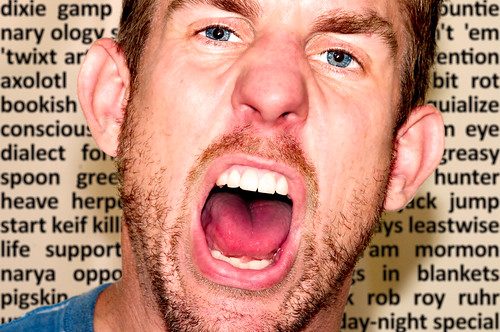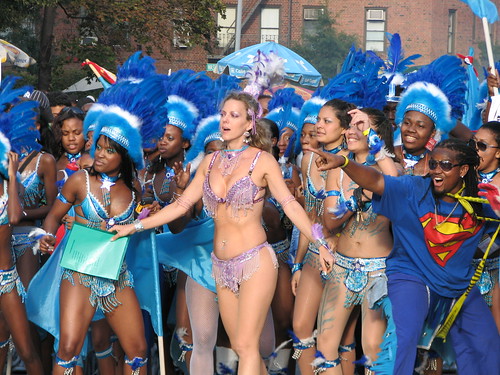
I’m in writing overdrive. But you’re not going to see the content here on the blog, because it’s for an information product I’m currently working on.
I can’t tell you anything about it at this point, except that it is a practical, bullshit-free guide to making conversation with confidence. And it’s coming along beautifully.
I get so many emails on this topic that I decided it’s about time I create an information product addressing this issue. There are four or five emails related to this in my Inbox right now, still waiting for me to answer them.
Anyway, since all my writing energy is focused on the guide this week, I decided to share with you on People Skills Decoded a couple of the educational videos I’ve been watching lately and getting a lot of value out of.
The first video is a presentation made by Mark Sisson, who is in my perspective one of the leading authorities on healthy eating and living, and the creator of the Primal Blueprint.
In this video, recorded at The 21 Convention, Mark discusses how to eat and exercise to be healthy, lean and active. If you tend to go with the conventional wisdom on this subject (whole grain cereals and stuff) this presentation will surprise you. Watch it here.
The second video is an old favorite of mine: a presentation on the science of love made by Helen Fisher, a person who actually studies love scientifically. Check it out below or on TED.
Big things are coming. Stay tuned.
Image courtesy of Sister72







